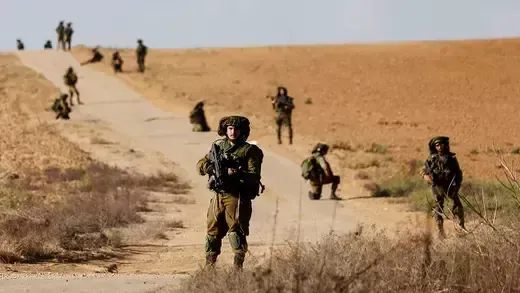Mastering the Art of War: Strategies and Tactics
In the theater of war, strategies and tactics are the vital elements that determine victory or defeat. Understanding the art of war is a complex endeavor, with a history as old as civilization itself. Let's delve into the world of military strategy and tactics.
- Sun Tzu's Wisdom: The ancient Chinese military strategist Sun Tzu emphasized the importance of knowing your enemy and yourself. "If you know the enemy and know yourself, you need not fear the result of a hundred battles." This age-old wisdom underlines the significance of intelligence and self-awareness.

Terrain and Positioning: Choosing the right battlefield and positioning your forces strategically is paramount. Whether it's using natural barriers as cover or high ground for a better vantage point, terrain can be a game-changer.
Deception: Misleading the enemy is a classic tactic. From the Trojan Horse to modern-day misinformation campaigns, deception can sow confusion and weaken the opponent's resolve.
Adaptability: The ability to adapt to changing circumstances is crucial. Military leaders must be flexible in their approach and willing to adjust their tactics based on real-time information.
Logistics and Supply Lines: Neglecting logistics can spell disaster. Ensuring a stable supply chain for troops is fundamental. Hannibal's failure to maintain his supply lines during the Second Punic War is a historic example of how this can lead to defeat.
Combined Arms: Coordinating various branches of the military, such as infantry, artillery, and cavalry, is essential for a well-rounded offensive. Each arm has its strengths and weaknesses, and their synergy can be devastating.
Psychological Warfare: The power of psychological tactics can't be underestimated. Demoralizing the enemy or boosting the morale of your own troops can be decisive in battles.
Economy of Force: Allocating resources efficiently is critical. Concentrating your main effort while using the minimum necessary force to secure secondary objectives helps maintain momentum.
Communication: In the modern era, technology has revolutionized warfare. Effective communication and command structures are pivotal in coordinating large-scale operations.
Asymmetrical Warfare: In today's world, asymmetrical warfare, where smaller, unconventional forces challenge larger, organized armies, has become more prevalent. Strategies must adapt to this changing landscape.
In the ever-evolving world of warfare, these principles remain relevant, albeit with modern twists. The art of war continues to be a dynamic field where innovation, strategy, and adaptability are key to success.